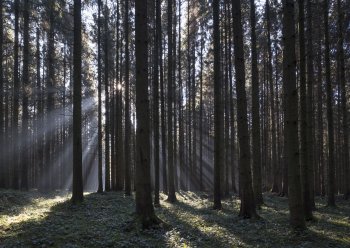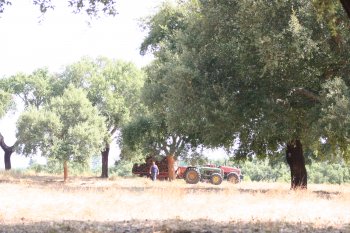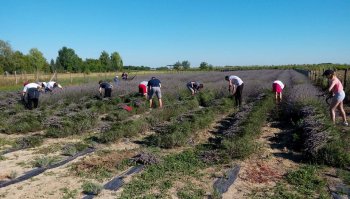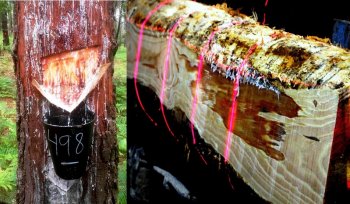From gene to resin
The objective of the project is to provide preliminary information, both bibliographic and ethnological, chemical, genomic, biochemical, technical and economic, in order to assess the relevance of restarting the resin extraction of forest species other than maritime pine to supply the growing societal demand for terpene biomolecules.




